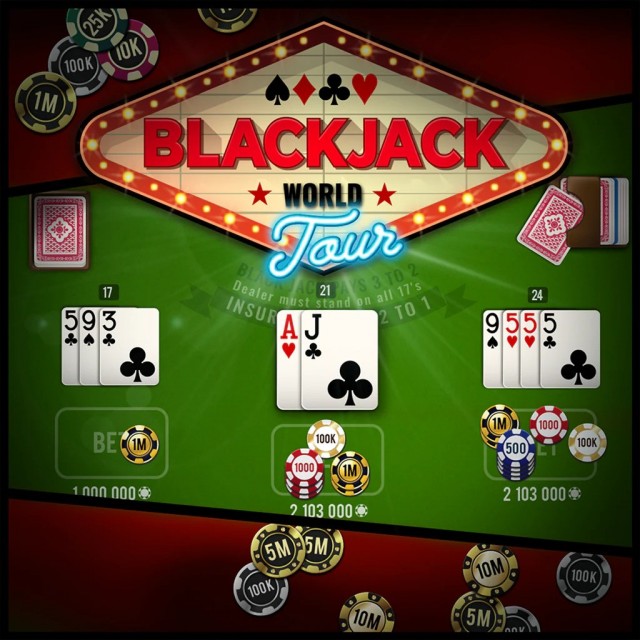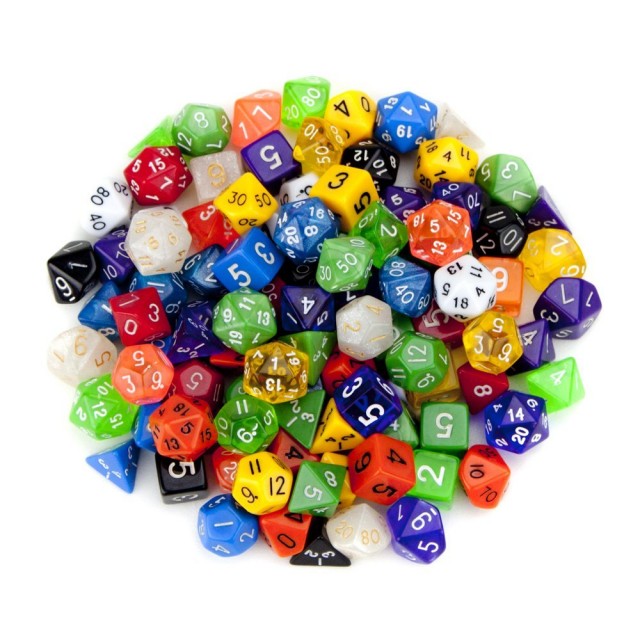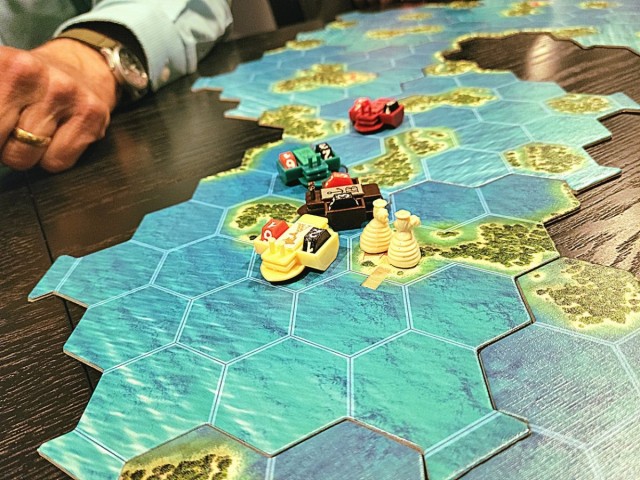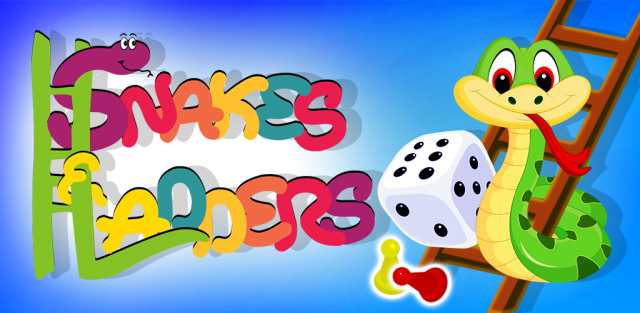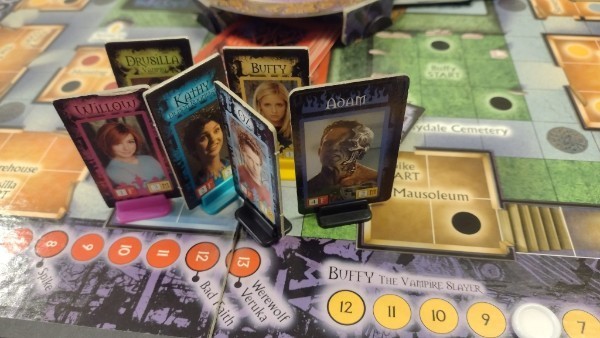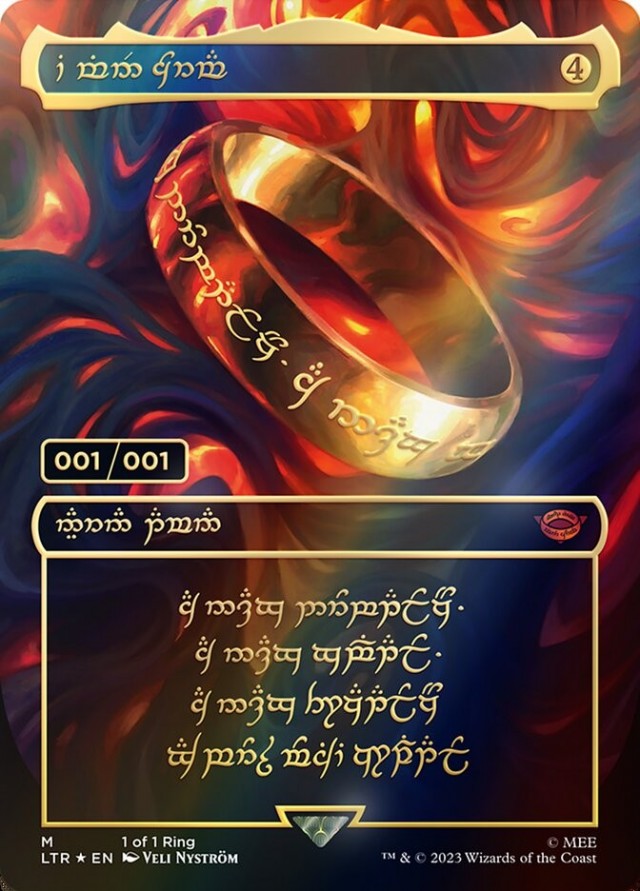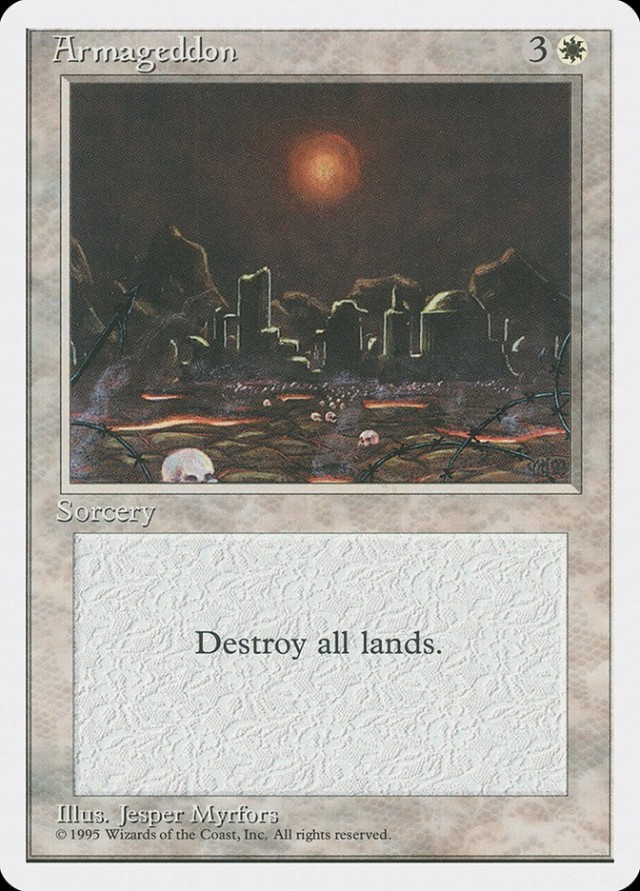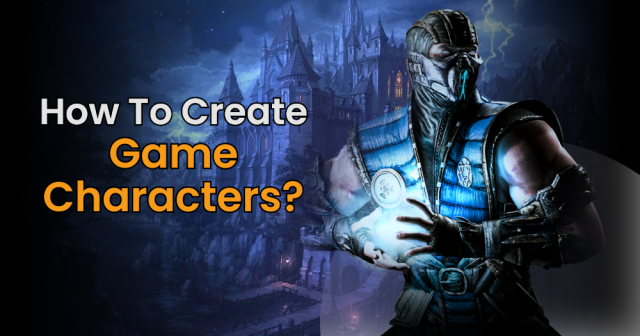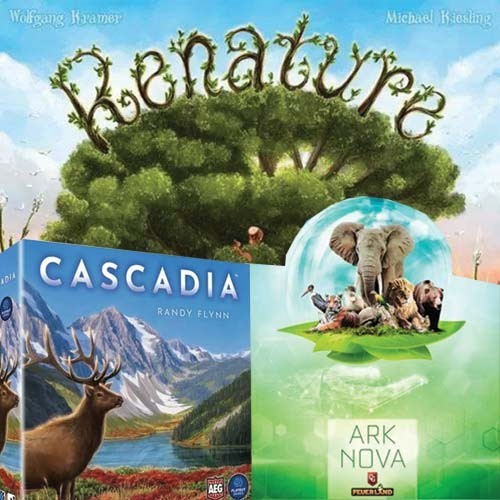With the opening of the Kickstarter for Sea Kings(https://www.kickstarter.com/projects/1456271622/sea-kings), and the prospect of publication of two other crossover games I’ve designed, Seas of Gold andGermania, I’ve been trying to define what these alternatives (or escapes) from wargame publishing are about.
In connection with the “Future of (Tabletop) Wargaming” that I wrote about some time ago (http://pulsiphergamedesign.blogspot.com/2014/03/the-future-o...), we have three broad categories of games:
1) the “wargames ghetto” two player “simulation” games that are often hex board and cardboard counters with numbers/statistics on them. There are wargames that aren’t actually in the ghetto, such asBritannia, usually because they don’t use counters with numbers on them or hex boards, but also because some of them are for more than two players (Brit is all three). They’re still wargames, and many people for many reasons don’t or won’t play wargames. Insofar as they're not hex-and-counter I might have divided wargames into two categories.
2) the “crossover” games designed to attract both a significant segment of the wargame crowd and a large segment of the non-wargame crowd. These usually have both a board and cards. This is divided further into two parts:
A) the semi-wargames or “peace games” where players will do best if they are not involved in warfare/violence but warfare often occurs; usually the board and the maneuver component is more important than the card component.
B) the games that may involve habitual violence, and certainly a lot of player interaction, but are not wargames, such as Sea Kings and some race games; the card component is usually more important than the maneuvering-on-the-board component.
In all of these, maneuver or placement, and geospatial relationships, are vital parts of the game, just as they are in wargames. But the primary objective has to be something other than conquest.
3) the games that may or may not include violence (such as a zombie game), do not involve much maneuver or geospatial relationships, and frequently are primarily cardgames. Many of these are “screwage” games (where you mess with your friends). Munchkin, Bang!, Nuclear War are some of the most well-known screwage games, though all of them with large flaws for contemporary players.
There can be exceptions, but most of the above games involve considerable player-to-player interaction. And almost all of them are models of some reality, rather than purely abstract games.
Remember, these categories are related to moving out of the wargames ghetto. There are lots of other categories of games not included here. For example, there’s a vast body of games that do not involve maneuver/geospatial relationships, a vast body that are abstract (that is, not models of some reality), a vast body where most of the player interaction is with the game, not with other players. Some games are all three.
I’ve focused recently on the crossover category, with Sea Kings now on Kickstarter and several race games in early development (such as a chariot racing game).
 Games
Games How to resolve AdBlock issue?
How to resolve AdBlock issue? 